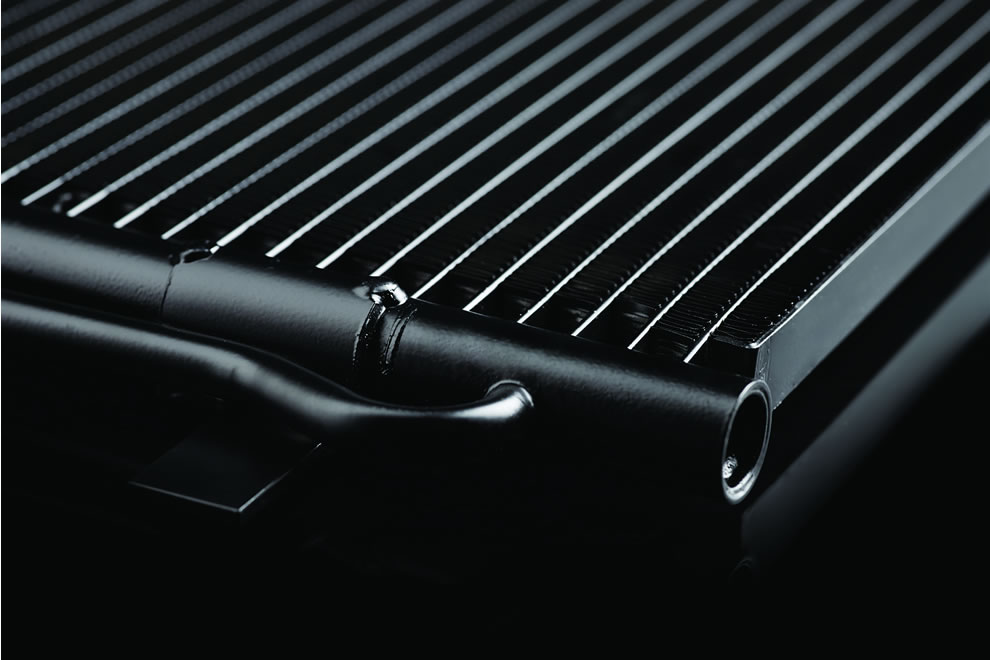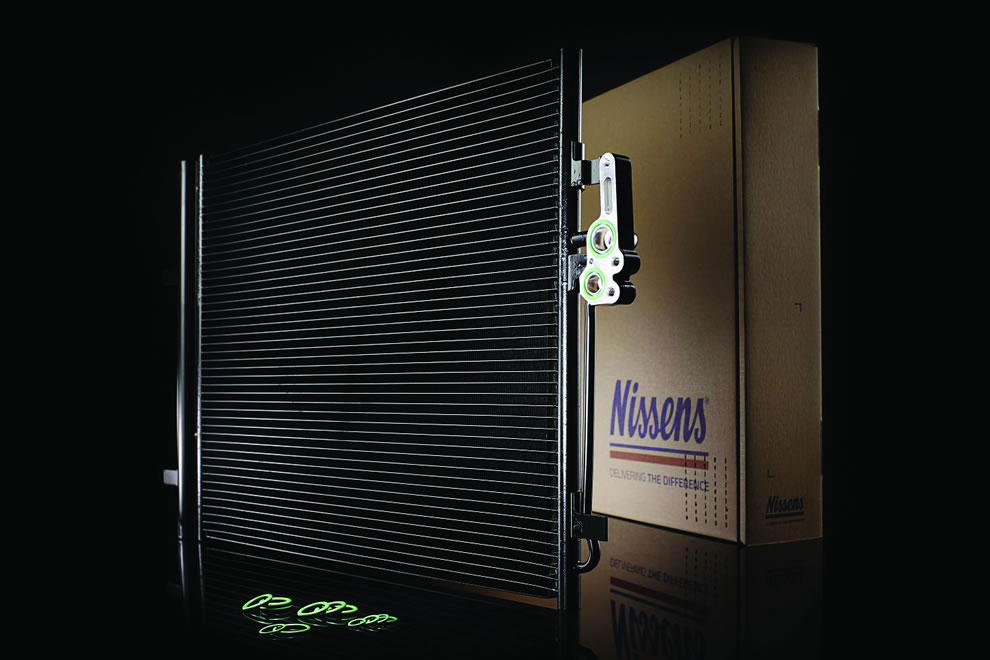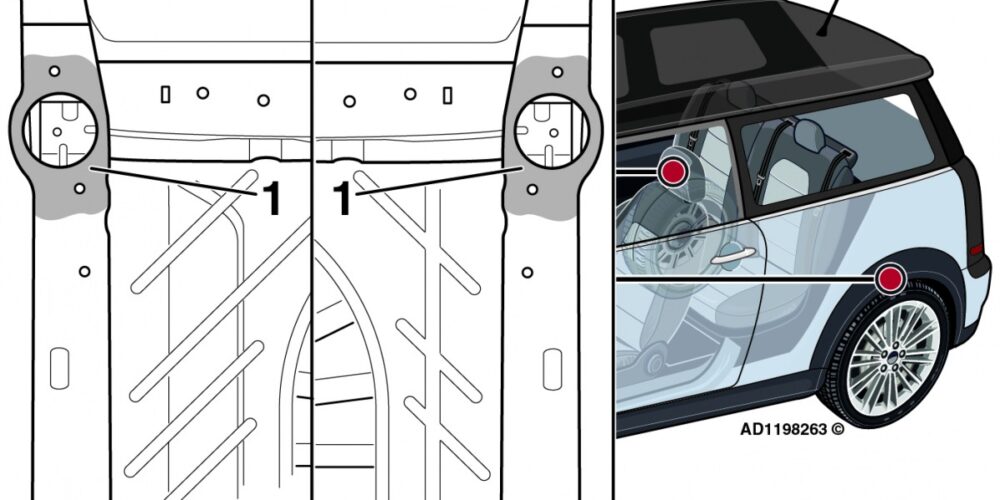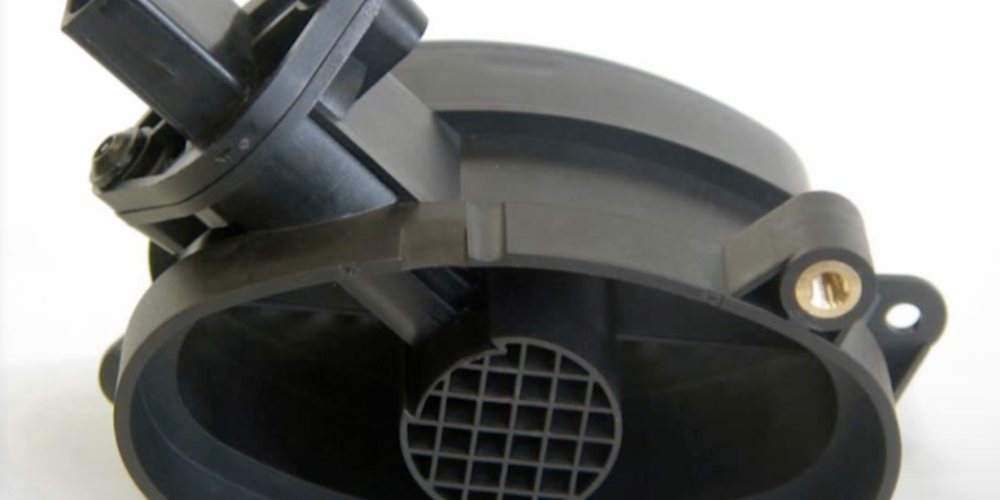If the A/C compressor is seized, is it necessary to replace the condenser?
This is the question that customers and A/C service technicians face. The answer to this is not clear-cut, as the need to replace the A/C radiator (condenser) in this case depends on the design of the condenser used in the car in question.

A basic division can be made between condensers of series and parallel construction. Series-type condensers have a single, serpentine-shaped tube that directly connects the condenser inlet to the condenser outlet. Parallel condensers have a multi-tube structure and tubes with channels of very small cross-sections. The individual tubes, arranged in parallel, fall into intermediate chambers to form an elaborate structure. Parallel condensers are lightweight yet highly efficient. It can be assumed that parallel condensers are now common in the popular cars on our roads.
When dirt and filings delivered with the refrigerant enter the condenser, it is necessary to try to flush them out of the condenser using specialised equipment and fluids designed for this purpose, so that they do not re-enter the A/C system. Flushing is reasonably effective with condensers made in series (one tube – “serpentine”), while flushing condensers made in parallel, due to the numerous intermediate chambers and narrow channel cross-sections, may not remove dirt and filings from inside the condenser. In this case, to ensure that the swarf from the old condenser does not enter the system again, a new A/C condenser should be fitted as a preventive measure. The use of an old parallel condenser after the A/C compressor has seized can cause swarfs to enter the system, resulting in blockage of the expansion valve or expansion nozzle and damage to the new compressor.

It is important to remember that when servicing an A/C, a visual assessment of the condition of the A/C system should always be carried out, including an assessment of the condition of the A/C condenser. In the event of significant corrosion damage and loss of the condenser louvre, the installation of a new A/C condenser is recommended. Insufficient capacity of the old A/C condenser can cause the A/C compressor to “heat up” and cause accelerated wear or seizure.









